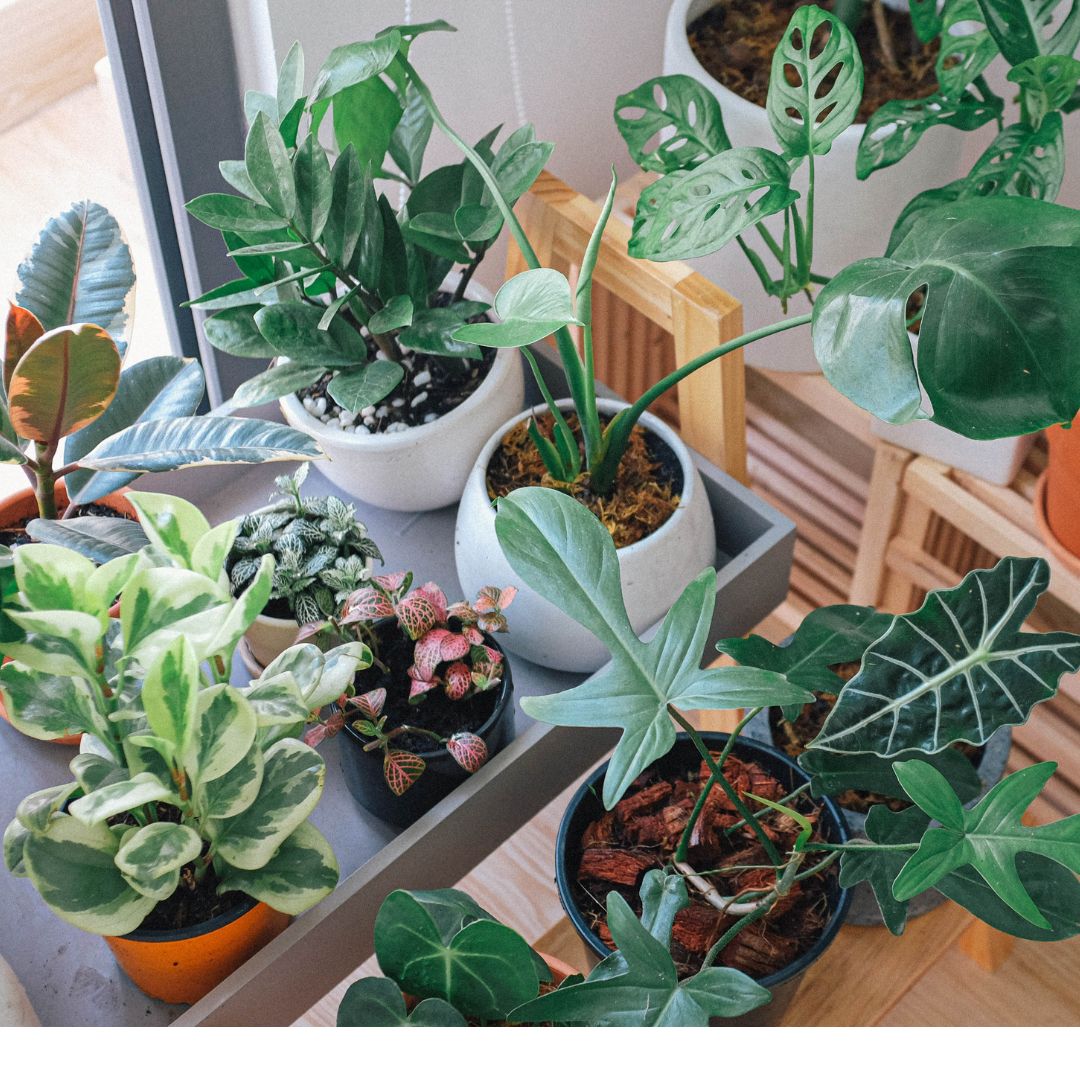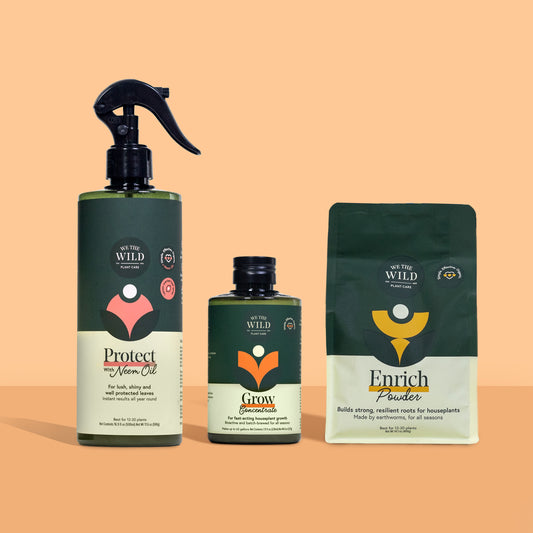What is Natural Airflow?
Firstly, there is no such thing as 'indoor plants.' All plants are designed for outdoor living, where they constantly adapt to changes in wind, temperature, and humidity. In this article we will share quick and easy ways to replicate nature's airflow for healthier, happier plants in your home.
How is Indoor Air Different for Plants?
Airflow is much lower inside (unless you have the windows open 24/7). Add in heating and air conditioning and your home can become a challenging environment for your green companions. Fresh breeze can carry away pests and disease, making your indoor babies more likely to suffer while these diseases fester (ew).
Signs of Poor Airflow and How to Fix It:
Mold and Fungus
CAUSE: airflow draws moisture from the plant and from the soil, so in stuffy indoor areas, soil can stay damp for too long. The same goes for leaves! If moisture hangs around too much, fungal infections can take over.
SIGNS: Your plant’s leaves might start to turn yellow at the edges, have brown spots that spread in size, and have soft, droopy foliage. You might even notice mushrooms or a fuzzy yellow coating on the top of your potting soil! There’s also increased chance of fungus gnats, so keep an eye out for small bugs flying around the soil.
SOLUTION: Make sure your plants are in a free-draining potting mix which doesn’t allow water to pool around their roots, and only water once the top 1/2 inch of soil has dried out. If your plants are in dim, shadowy corners or crowded together in a forgotten spot, consider shifting them somewhere where airflow is better such as near an open window, or spread them out into more prominent positions so they get opportunity to shine like the amazing beings they are :-)
Dryness and Windburn
CAUSE: At the opposite end of the scale, houseplants, particularly our tropical friends, can struggle when humidity is very low (remember how dry your skin gets from the wind…it’s the same for plant’s leaves!) Plants that are kept on balconies, or by large windows, can be subjected to a bit too much wind, so keep an eye out for draughts.
SIGNS: Look for dry, brown and crispy leaf edges, wilting or dropping leaves.
SOLUTION: Make sure that you monitor your plants’ soil regularly and don’t allow it to dry out so much that it looks crumbly or sandy. Spray with something like our Protect formula, which increases a plant’s tolerance to stress from draughts and dryness.
Beware of Your Air Conditioner and Heater! Your HVAC system could be secretly harming your plants. Shift them away from dry air zones and consider misting techniques for humidity-loving species like Peace Lilies, Anthuriums, and ferns.
Finding the Right Airflow for Your Plant:
Think about where it grows in nature and replicate that environment! Drafty conditions suit desert dwellers who have adapted to long, flat plains. High humidity and still areas suit your forest growers like ferns.
Use these tips to uncover the secrets to optimal plant airflow and watch your plant babes thrive!





